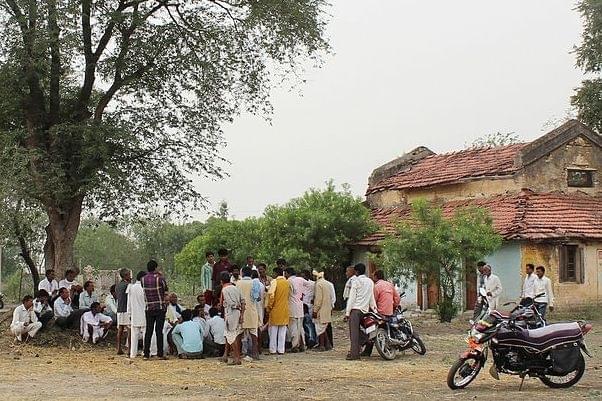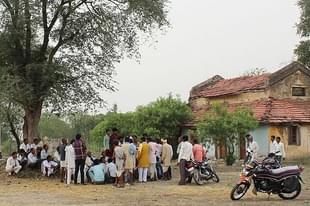News Brief
Explained: The Model Panchayat Citizens Charter
Swarajya Staff
Jun 07, 2021, 03:25 PM | Updated 03:23 PM IST
Save & read from anywhere!
Bookmark stories for easy access on any device or the Swarajya app.


Ministry of Panchayati Raj in collaboration with National Institute of Rural Development and Panchayati Raj (NIRDPR) has released a Model Panchayat Citizens Charter framework for delivery of the services across the sectors, aligning actions with localised Sustainable Development Goals (SDGs).
The Panchayats are expected to utilise this framework to draw up a citizen’s charter and adopt it through a resolution of the Gram Sabha by 15 August this year. The state governments have been requested to draw up a timebound plan of action for the purpose.
What is a citizen’s charter?
It is a voluntary document released by a service provider, in this case, the government. Through the document, the service provider declares its commitment to certain standards of the service.
It was first launched in Britain in 1991 by the then prime minister, John Major.
The citizens, looking at the charter, can gauge what kind of quality of services they can expect from the organisation. However, the document is not legally enforceable. It is only declaratory in nature. It is expected to provide the organisation certain goals against which it can fashion out concrete evaluation criteria for the employees, standards of procedure etc.
A citizen’s charter usually includes the vision and mission of the organisation; the work and how it is carried out; the stakeholders - citizens, clients, etc; the standards of service - quality, timeframe etc; grievance redressal mechanism; additional information like compensation in the case of failure to meet standards, etc.
In India, the citizen charter also includes the expectation from the clients, that is, citizens. India adopted citizen’s charter in 1997.
Model Panchayat Citizen’s Charter 2021
The Panchayats will utilise this model, and with the due approval of Gram Sabha, would draw up a Citizens Charter which will contain the list of different categories of services provided by the Panchayat, and their condition and the time frame.
The model framework states:
“A Citizens’ Charter is a tool to achieve good governance. Successful implementation of Citizens’ Charter improves service delivery, brings responsiveness on the part of Panchayat functionaries and enhances Citizens’ satisfaction.”
It is expected to empower citizens and bring professionalism in the Panchayat functioning.
According to the document released, the following information need to be provided under service standards:
Name of the service
Details of the service, including beneficiaries and eligible persons, fees, etc.
Time frame to deliver the service
Name and contact details of the person in the Panchayat responsible for providing the service
Grievance redressal: The Sarpanch and the Panchayat Secretary must be accessible to the Citizens to listen to the grievances the contact details of the authority to whom citizen need to contact for any such complaint
The framework also states that while preparing the charter, the Panchayat should seek the views of the Panchayat Secretary and other officers of the concerned line departments.
Challenges
While the citizen charter is a step in the right direction, its effectiveness is questioned on many accounts. Often, the citizen charter is published in a difficult language which is not easily understandable by common village folk.
The government servants often remain unenthusiastic about the charter and treat it as a formality. Many government departments are yet to upload their charters online, many lack dynamism and measurable standards.
There is also low awareness among the people regarding the charter, and departments are reluctant in handing out punishments for incompliance with it.
The major challenge with the Panchayati Raj Institutions in India remains the lack of capacity, in terms of funds, functions as well as functionaries. Nevertheless, the charter is the first step towards a government branch adopting a service delivery orientation, and accepting accountability towards citizens.





